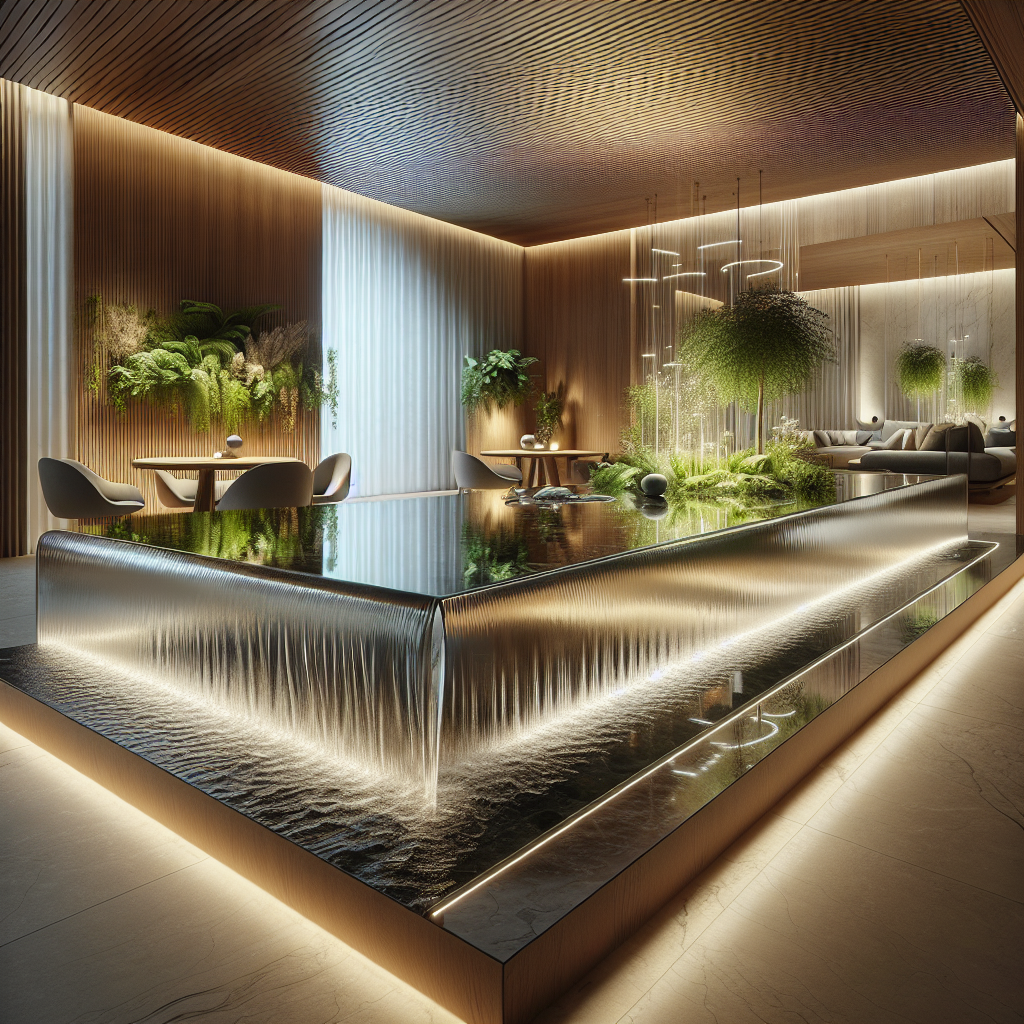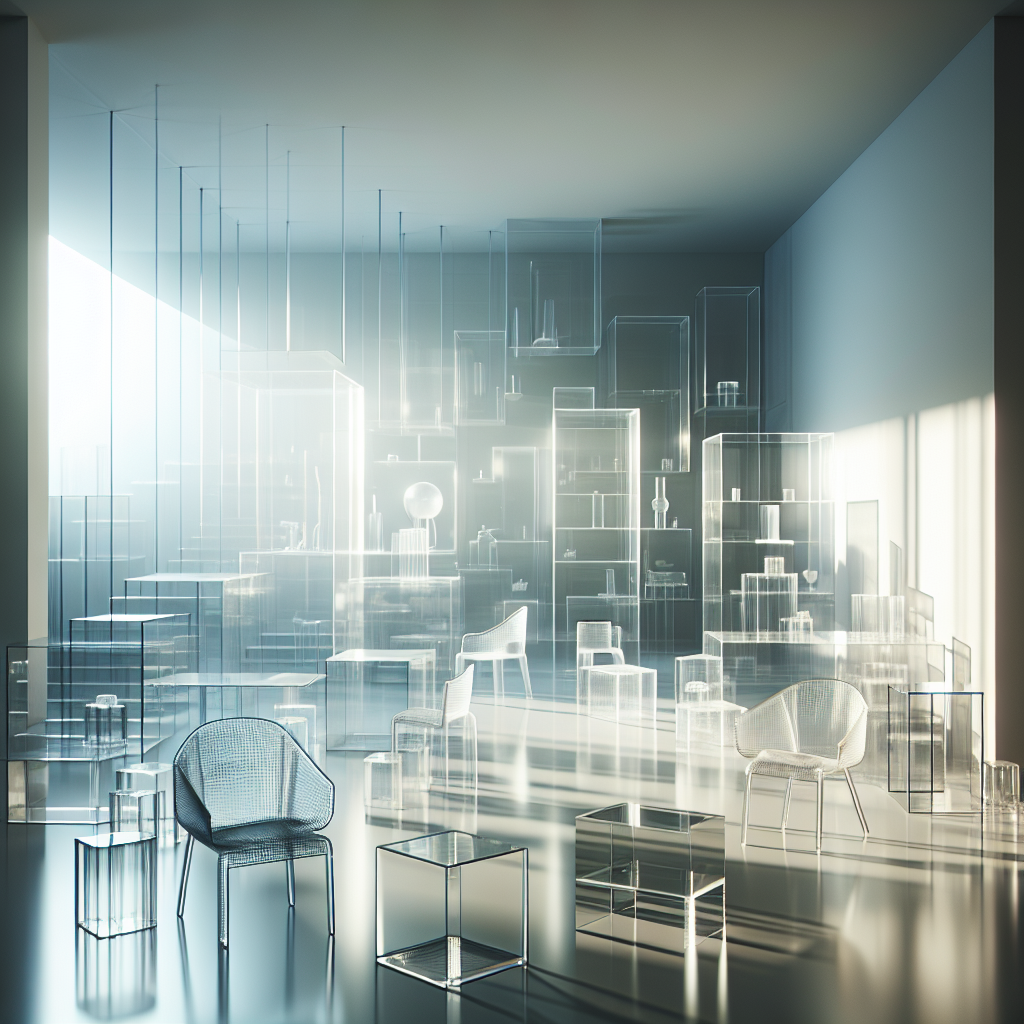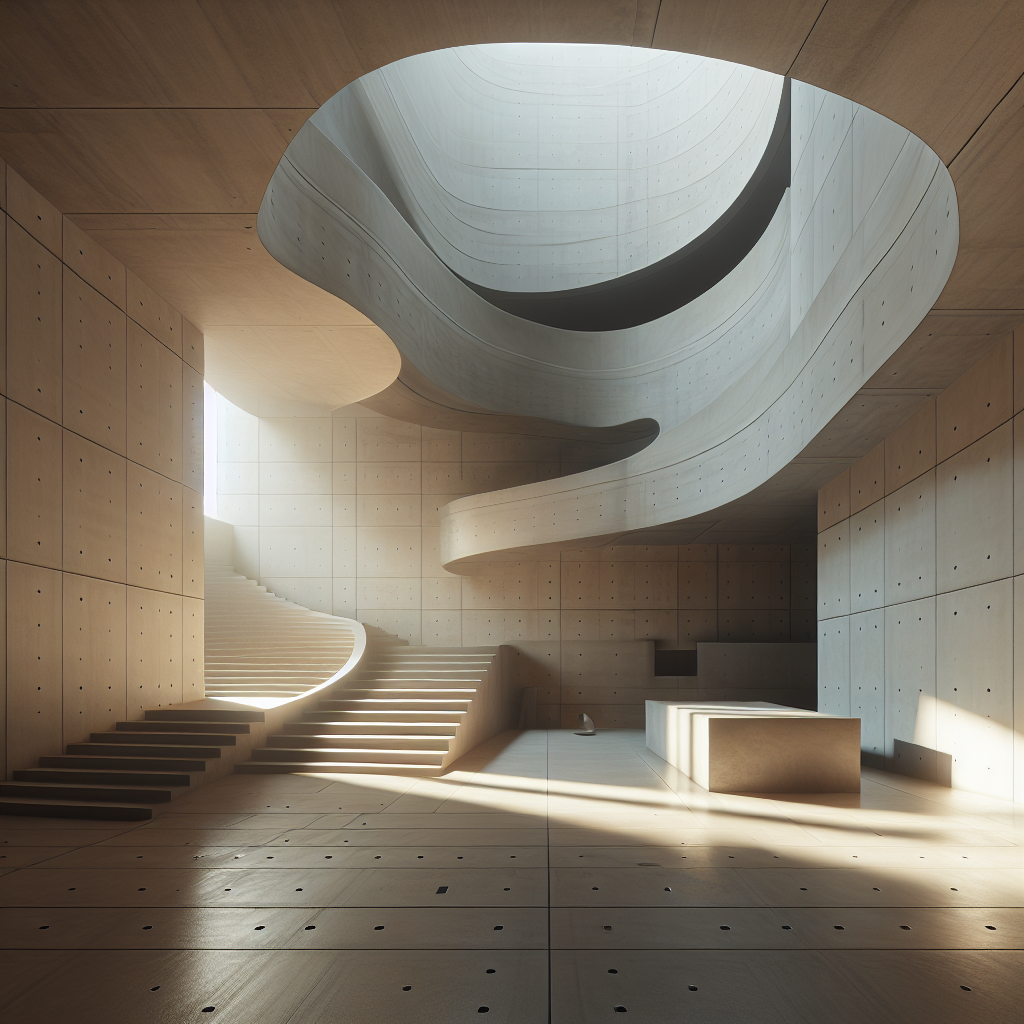The Subconscious Artistry of Space: Unraveling the Psychology Behind Design, Shapes, and Forms

Welcome to a journey through the world of architecture and design, where we delve into the captivating topic of how shapes and forms influence our perception of spaces. This exploration of the subconscious artistry of space will unveil the psychological power of design elements that shape our experiences and emotions in various environments.
The Psychology of Design
To better comprehend this phenomenon, we must first understand the fundamental principles of design psychology. According to renowned psychologist and architect Donald Norman, people perceive and interpret the environment around them through a complex interplay of cognitive, emotional, and social processes. Thus, design elements like shapes, forms, and colors have a profound impact on our feelings, thoughts, and behaviors.
The Concept of Prospect and Refuge
Take, for instance, the concept of prospect and refuge. This theory posits that humans innately prefer spaces that provide a sense of security and shelter while simultaneously offering an unobstructed view of the surroundings. A classic example of this design principle can be seen in the ancient Roman Colosseum, where spectators could enjoy an expansive view of the arena while feeling protected within the stadium’s confines.
Curved versus Angular Forms
Another compelling example is the use of curved versus angular forms. Studies suggest that curved shapes evoke feelings of comfort and relaxation, while angular forms can induce a sense of tension and unease. This is exemplified in the design of the Guggenheim Museum in New York, where Frank Lloyd Wright’s use of spiraling curves creates a soothing atmosphere for visitors to enjoy the artwork.
Manipulation of Scale and Proportion
Furthermore, the manipulation of scale and proportion can significantly impact our perception of spaces. For example, grandiose, high-ceilinged rooms can inspire feelings of awe and admiration, while smaller, more intimate spaces can evoke a sense of coziness and warmth. This principle can be observed in the design of Gothic cathedrals, where soaring ceilings and monumental proportions were intentionally used to evoke a sense of divine grandeur.
The Power of Design Psychology in Digital Spaces
The power of design psychology extends beyond physical spaces, as well. In the digital realm, designers employ similar principles to create user interfaces that are both visually appealing and easy to navigate. For example, the use of rounded corners and soft colors in website design can create a more inviting and user-friendly experience, while sharp edges and bold contrasts can convey a sense of urgency or importance.
Ultimately, the psychology of design reminds us that the environments we create are not merely aesthetic endeavors, but deeply influential forces that shape our emotions, thoughts, and behaviors. By understanding and harnessing these principles, designers, architects, and artists can create spaces that resonate with our most fundamental human needs and desires.





